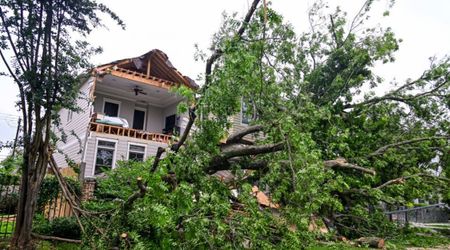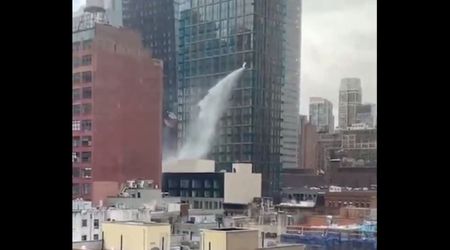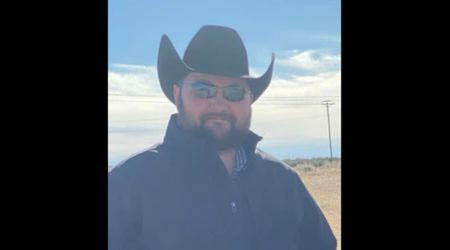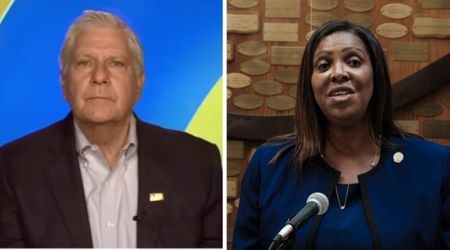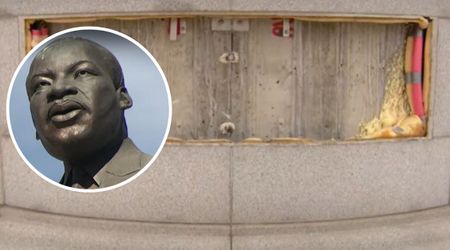Wildlife protection plan: $24M grant aims to reduce animal-highway accidents on I-17 in Arizona
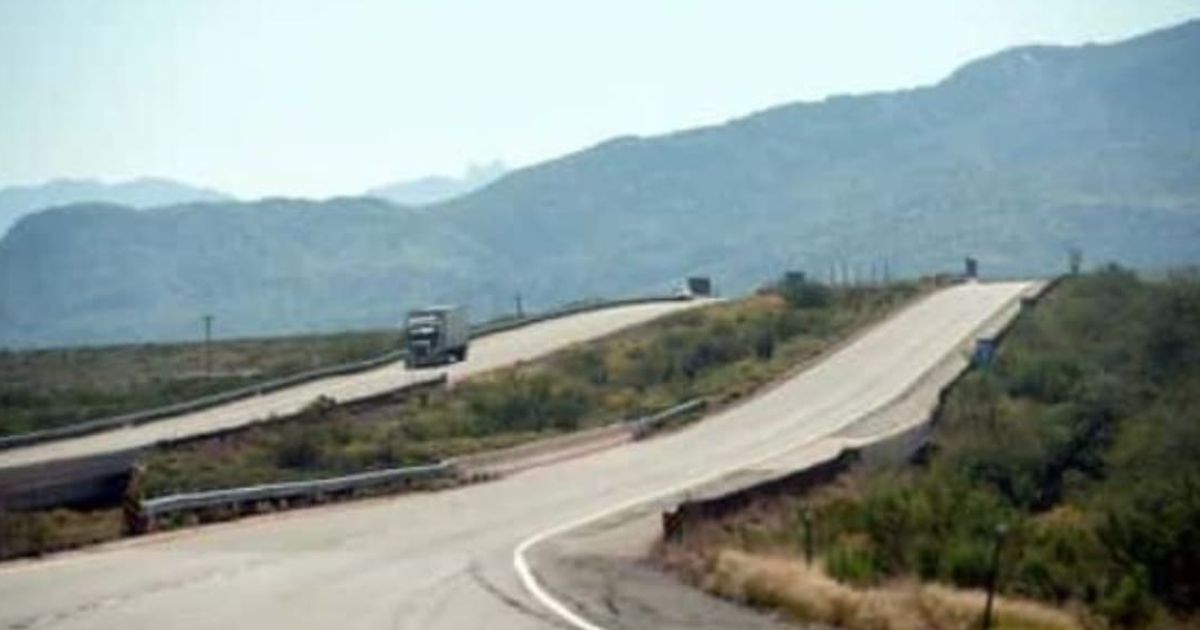
PHOENIX, ARIZONA: A $24 million grant has been allocated to reduce wildlife encounters on an 8.4-mile stretch of Interstate 17 near Munds Park, Arizona, aiming to mitigate animal-highway incidents.
According to AZ Family, Arizona's Game and Fish Department and Department of Transportation plan to build three wildlife crossings to enhance safety for both drivers and wildlife.
Undisclosed locations for crucial wildlife passages
These passages aim to link wildlife populations while curbing accidents and reducing taxpayer expenses.
However, the exact locations for these crossings have not yet been disclosed.
Arizona Governor Katie Hobbs expressed gratitude to the Federal Highway Administration for endorsing this initiative, emphasizing the significance of protecting travelers and the diverse wildlife that makes the state unique.
“I am grateful to the Federal Highway Administration for supporting Arizona’s commitment to protecting its residents, visitors and wildlife,” Arizona Governor Katie Hobbs said.
“Many drivers use I-17 as a gateway to some of Arizona’s most popular treasures, including the Grand Canyon. While helping keep those travelers safe, this project will support elk, deer and other wildlife that make Arizona so special," Hobbs added.
Holistic initiative for safer highways and wildlife connectivity
These planned wildlife passages are part of a larger project that includes the Kelly Canyon traffic interchange north of Flagstaff.
This endeavor, funded as part of a $110 million federal grant, aims to address concerns regarding wildlife collisions on highways across the country.
While a projected start date remains pending, state officials are keen to commence this wildlife protection project on I-17, focusing on enhancing safety for both drivers and Arizona's cherished wildlife.
Moreover, Arizona's Game and Fish Department and Department of Transportation have sought public input, welcoming feedback on the proposed wildlife highway crossings.
The plan envisions connecting various wildlife habitats, reducing vehicle collisions, and fostering a safer coexistence between drivers and local wildlife.
The agencies anticipate a construction timeline of 6 to 8 months per bridge, but completion of all three crossings may span multiple years based on available funding.
As the proposal continues to take shape, the Coconino and Kaibab National Forests encourage public engagement and opinions on this critical wildlife protection initiative through various communication channels.

